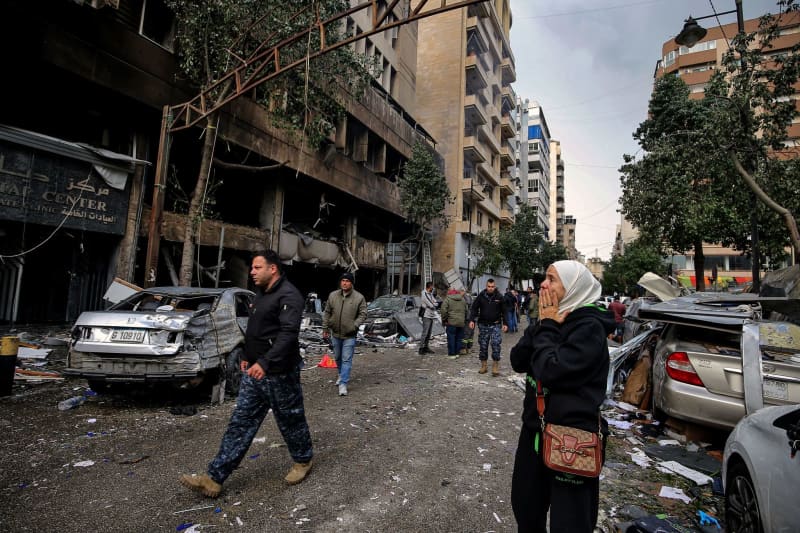The ongoing conflict between Israel and the Hezbollah militia has led to a significant humanitarian crisis, primarily impacting Lebanon and its borders with Syria. According to recent reports from the United Nations Office for the Coordination of Humanitarian Affairs (OCHA), approximately 540,000 individuals have fled Lebanon into neighboring Syria since the escalation of violence. This alarming figure highlights the urgent need for humanitarian assistance and support, as many of those displaced are in dire situations. Among the refugees, around 66% are Syrian nationals, while the remaining 34% are Lebanese citizens. This influx of displaced people places additional strain on the already limited resources in both Lebanon and Syria.
Prior to the recent conflict escalation, Lebanon was already hosting a substantial number of refugees. Estimates suggest that about 1.5 million Syrian refugees were residing in Lebanon, a country with a total population of around 6 million. Most of these Syrian refugees arrived post-2011, fleeing from the civil war that devastated their homeland. The complexities of the regional dynamics mean that Lebanon bears the brunt of hosting a considerable refugee population, complicating its socio-economic landscape. With the addition of new refugees due to the Israel-Hezbollah conflict, the situation has grown increasingly untenable, exacerbating existing issues such as unemployment, housing shortages, and a strained healthcare system.
The current conflict is deeply rooted in longstanding tensions and animosities between Israel and Hezbollah, as well as the broader regional implications of the Gaza Strip war involving Hamas. On October 7, 2023, Hamas launched a deadly attack that resulted in the deaths of approximately 1,200 people in Israel, triggering a severe military response. In support of Hamas, Hezbollah has been actively engaging in hostilities against Israel from Lebanon. This has prompted a rapid escalation in military actions, with Israel initially responding to Hezbollah’s attacks with counter-strikes and then progressing to extensive airstrikes throughout Lebanon, as well as a ground offensive primarily focused in the southern region of the country.
The escalation of violence has not only displaced hundreds of thousands but has also engendered an atmosphere of fear and uncertainty among the Lebanese population. Many communities that were already grappling with the challenges posed by the refugee crisis now face the immediate threat of direct military confrontations. With battles intensifying, civilian casualties are likely to rise, leading to heightened humanitarian needs. The vulnerabilities of both Lebanese and Syrian refugees are increasingly exposed as airstrikes and artillery fire affect critical infrastructure such as hospitals, schools, and shelters.
In the face of this humanitarian disaster, international agencies and governmental organizations are urged to respond promptly and effectively. Aid efforts must prioritize providing shelter, food, medical care, and psychological support to displaced individuals who suffer from trauma and loss. The situation calls for coordinated action among humanitarian agencies, governments, and donor countries to ensure that assistance reaches those most in need, particularly in scaling up support for Lebanon, which is already struggling with economic instability and social unrest.
Overall, the recent escalation of conflict in the region underscores the urgent need for a comprehensive resolution to the ongoing crises. The intertwined fates of Lebanese and Syrian refugees amidst the background of military confrontations point to the broader implications of geopolitical tensions in the Middle East. As millions of lives hang in the balance, a concerted effort is required to navigate the complex landscape of the refugee crisis, military aggression, and humanitarian needs to restore stability and peace in the region.

